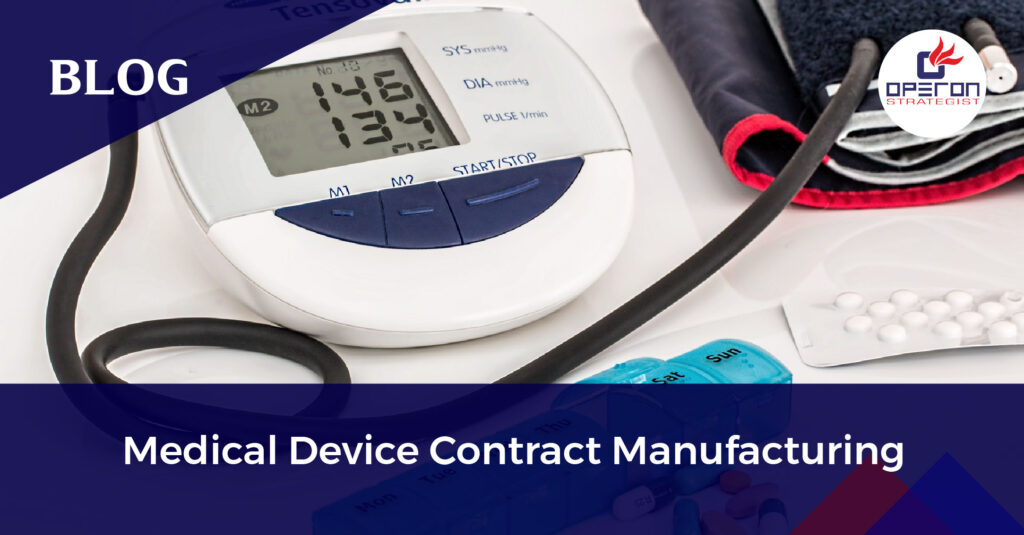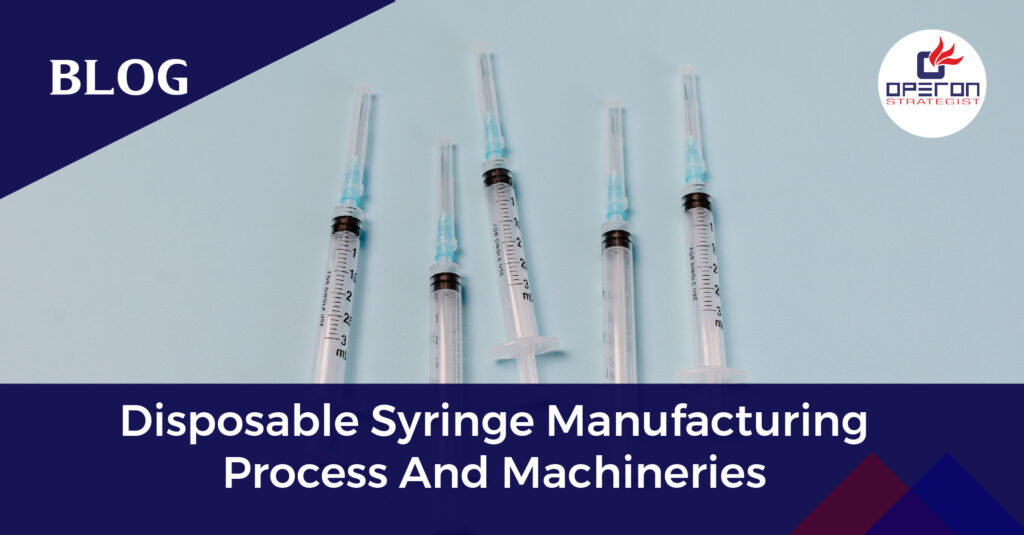An Overview of Medical Tubing
Medical Tubing is used for fluid management and drainage as well as with anesthesiology and respiratory equipment, IVs, catheters, peristaltic pumps, and bio-pharmaceutical laboratory equipment. What sets Medical Tubing apart from other types of tubing is its designation for medical applications.
This designation typically comes through standards or certifications which dictate material and specification requirements for tubes. These requirements are in place to ensure that the equipment used for patient care and drug manufacturing is reliable and safe.
Explore our Turnkey Project Service.
Looking for Medical Device Regulatory Consultants?
Regulatory Compliance and Material Selection in Medical Tubing Manufacturing
Medical device manufacturers can’t avoid regulatory procedures while manufacturing the device; the US FDA keenly verifies the product’s safety and effectiveness. Medical device manufacturers need to implement a proper quality system. As an ISO 13485 medical device consultant, we provide training to manufacturers to comply with the correct quality system, which is beneficial in medical tubing manufacturing.
Medical tubing may require many different features, depending on the specific application. Most notable is opacity, which defines the ability to see through the tube. Clear tubing is important for tubes used to handle fluid delivery in order to track fluid movement and account for possible air bubbles in the system. Other features include serializability, the ability to coil the tubing for storage or transport, and spark or static resistance.
On the basis of material, the medical tubing market is segmented into PVC, polyolefin, TPE and TPU, silicone, and others. Silicone is the largest and fastest-growing material owing to its flexibility, high tear and tensile strength, wide range of surface hardness, and ability to resist chemicals, solvents, and extreme temperatures. All these factors contribute to the growth of the silicone segment of the medical tubing market.
Medical tubing is one of the fastest-growing areas in the medical device industry. As medical device applications expand, the properties of the tubing, such as flexibility, lubricity, clarity, kink resistance, and the ability to hold tight tolerances, are all critical for determining the ideal design for a particular medical application.
Medical Tubing Manufacturing Process
Medical tubing, essential for various healthcare applications, can be crafted from diverse plastics like PVC, polyethylene, TPE, nylon, and silicone. PVC notably dominates the market, constituting around 30%. Manufacturing primarily occurs through two methods: Extrusion and Pultrusion.
- Extrusion:
– Begins with polymer resin, referred to as nurdles or pellets, fed into an extruder’s hopper.
– The resin travels down the barrel, heated gradually by a screw, reaching melting temperature.
– Precise control of temperature, speed, and force is crucial during extrusion. - Pultrusion:
– A continuous feed process, pulling reinforced fibers wetted in thermoplastic resin through a die.
– Polymerization occurs as fibers pass through the die, resulting in low maintenance and corrosion-resistant tubing. - Materials:
– Selection determines critical properties such as abrasion resistance and flexibility.
– Silicone, known for its purity and flexibility, handles wide temperature ranges and complies with FDA regulations.
– TPE tubing, blending plastic and rubber properties, offers flexibility and can be sealed for sterile applications. - Performance Specifications:
– Pressure rating: Determines the tubing’s ability to withstand pressure.
– Maximum vacuum: Indicates the highest vacuum pressure tolerable.
– Minimum bend radius: Reflects the tubing’s flexibility and susceptibility to kinking.
– Temperature range: Specifies the operational temperature limits.
Choosing the right tubing material hinges on factors like temperature range, pressure capabilities, and chemical resistance pertinent to the application. Medical tubing serves critical functions in administering fluids and gases, underscoring the importance of selecting materials that ensure safety and efficacy in healthcare settings.
Get Expert Consulting Services For Medical Tubing Manufacturing Setup
Our team is having an experience of more than 10 years in the field of medical device regulations so as medical device regulatory consultant we can guide manufacturer in manufacturing plant layout design, documentation needed as per the applicable regulation , and provide regulatory updates to our client through our newsletter!.

-
Operon Strategisthttps://operonstrategist.com/author/snehal/
-
Operon Strategisthttps://operonstrategist.com/author/snehal/
-
Operon Strategisthttps://operonstrategist.com/author/snehal/
-
Operon Strategisthttps://operonstrategist.com/author/snehal/




